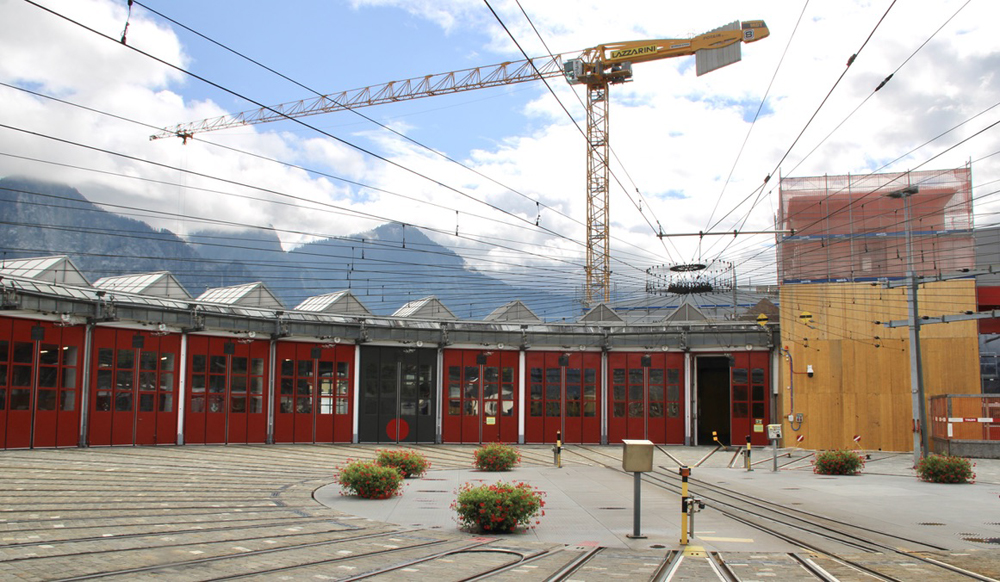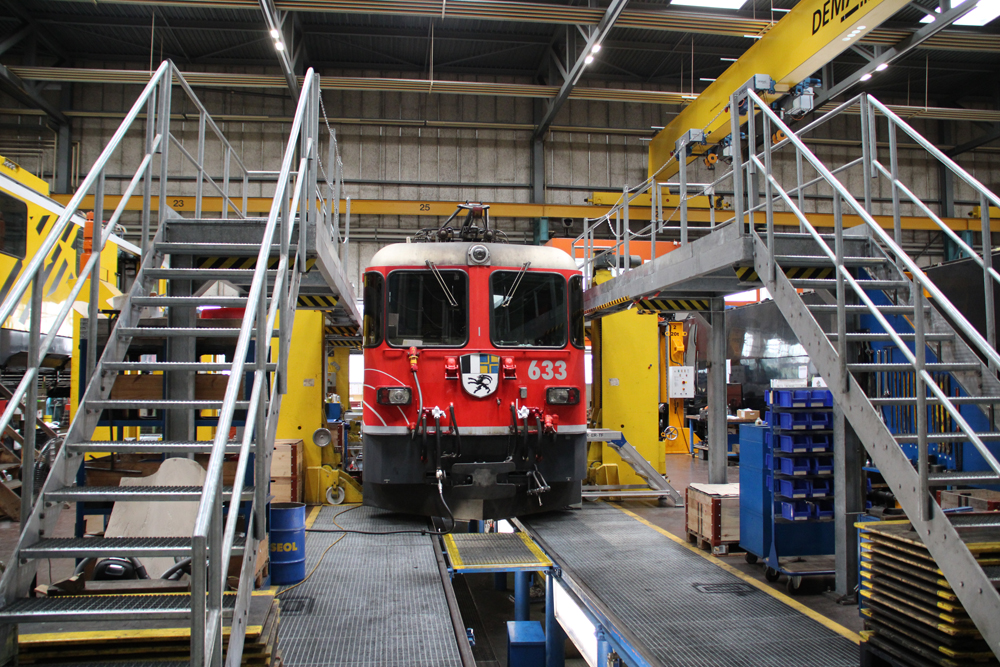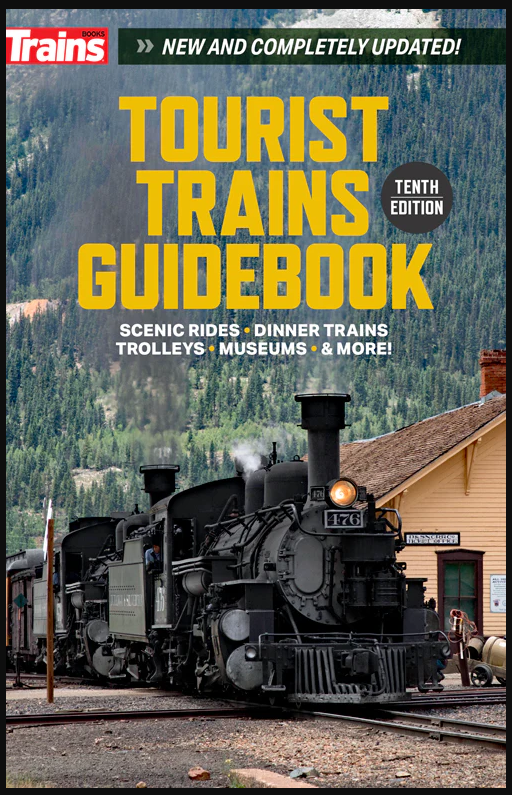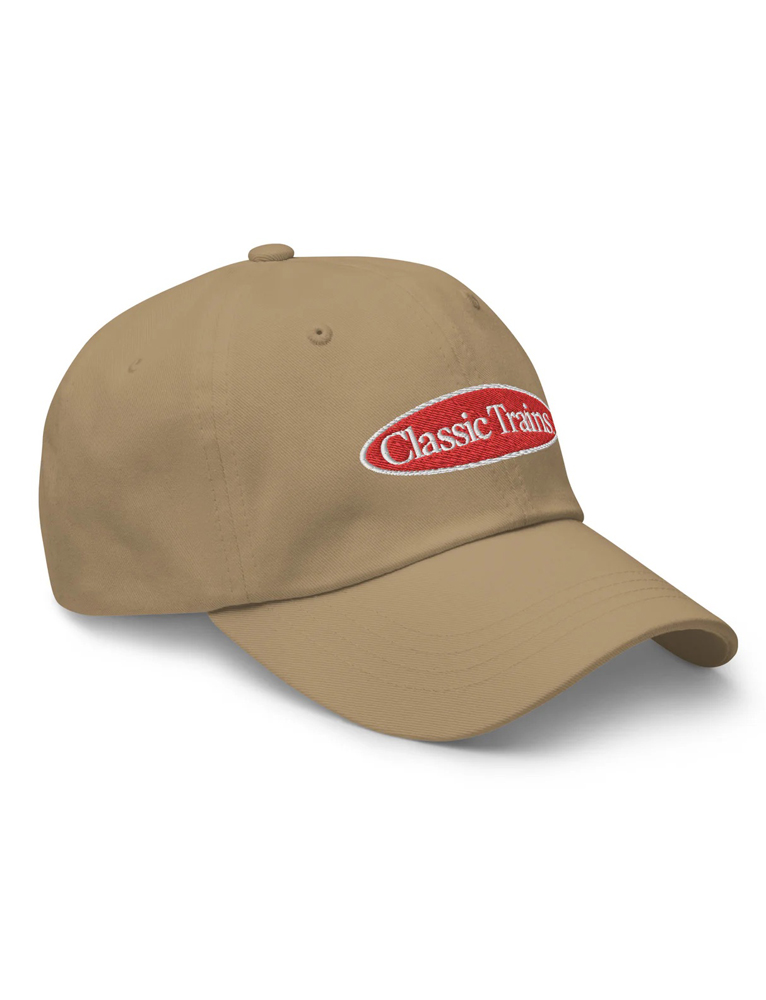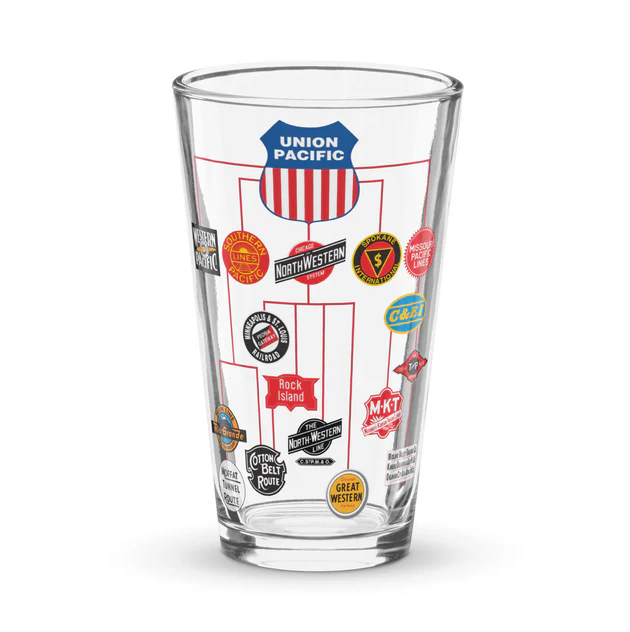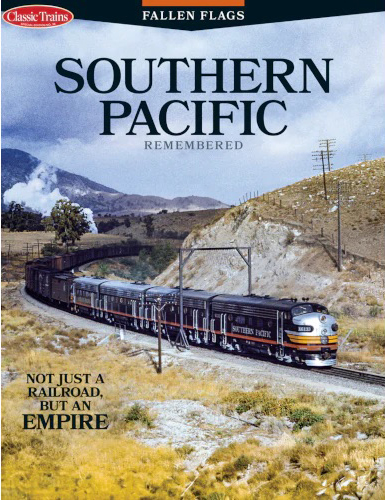
In 1931-32, Chief Mechanical Engineer Charles T. Ripley applied his European experience, along with his work on steam motorcar M-104 back in 1911, as he worked with Winton Engine Manufacturing Co., Electro-Motive Corp., and the Pullman Co. in the design, development, and introduction to service of a distillate-engine-powered motorcar, the M-190. The articulated M-190 was something of a disappointment from a performance and reliability standpoint, but it did show that a high-speed locomotive could be successfully based on an internal-combustion engine.
With a 900 horsepower engine, four traction motors, and all the elements of a self-contained locomotive, the M-190 proved capable of performing useful work beyond that of earlier motorcars. The M-190 was rightfully considered a breakthrough, transition locomotive. Ripley’s experience with the M-190 was valuable in determining what would and would not work in road diesels.
The genesis of the Santa Fe Railway’s first diesel-electric passenger locomotive, twin-unit boxcab No. 1, took place at a meeting in Chicago on Sept. 28, 1934. A railroad committee, selected by John Purcell, chaired by Ripley, and composed of H.H. Lanning, E.E. Chapman, B.F. Phelps, George Wood, and F.A. Issacson met with O.F. Brookmeyer of Winton Engine and Richard Dilworth of EMC. Winton and EMC were at the time planning a pair of diesel boxcabs, Nos. 511 and 512, for demonstration in high-speed, heavy-duty passenger service.
The purpose of the meeting was to convince Winton and EMC to produce a Santa Fe diesel locomotive capable of handling a conventional heavyweight passenger train on a regular Chicago-Los Angeles round trip on a 40-hour schedule each way. Brookmeyer and Dilworth freely admitted that, since there were no such locomotives in existence at the time, the Santa Fe’s project would have to be considered experimental. Undaunted, the committee proceeded with recommendations for changes to existing Winton and EMC plans for construction of Nos. 511-512, then still in preliminary design. Winton and EMC agreed to the Santa Fe’s proposals, and the committee recommended the purchase of the locomotive.
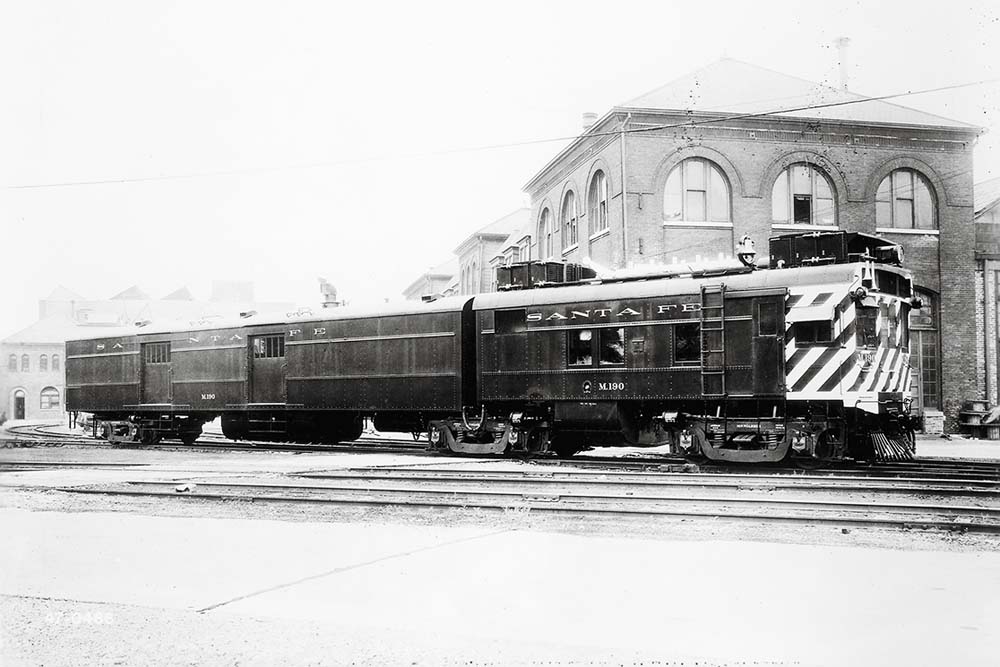
Ripley’s handwritten notes of the Sept. 28 meeting were the basis for the committee’s design proposal out-lined in a report from Ripley to Purcell dated Oct. 1, 1934, which clinched the decision to proceed with the new diesel. The report sheds some light on the actual involvement of the various parties. A quotation from Ripley’s report, in full context, indicates that the responsibility for development and sale of a suitable locomotive to the Santa Fe may have fallen more on Winton than has been heretofore acknowledged:
“In the preliminary discussion it was brought out that any engine of this kind would necessarily be experimental, in as much as there was no past practice which could be used as a guide. Under these circumstances, it was necessary that many features of the design would involve dependence upon the experience of the Winton Co. with their motor cars and switch engines and that they would have to stand behind the product. They have written a letter to Mr. Etter in which they state they will do this. Thus, if some of the parts prove inadequate for the service, they will have to be replaced. There is no question but what is a radically new unit of this kind some such troubles may be anticipated. However, the Committee attempted to give all the help they could, based on their experience with other types of power, to make the design as satisfactory as possible.”
Ripley’s notes also confirm that Winton and EMC’s Dilworth were relying on experience with motorcar M-190. The pilots, truck frames, and equalizers for Nos. 511-512 were all to be the same as on the M-190. There was discussion also of “fastening between units,” which indicates a drawbar connection may have been considered; in the event, couplers were used, and 511-512 (and Santa Fe’s units) were fully independent.
Ripley’s notes and report to Purcell also confirm a lengthy discussion over the weight and cost penalty of the Santa Fe’s request for a one-piece cast-steel underframe rather than the fabricated underframes proposed by Winton and EMC. The committee report recommended use of the fabricated underframe; only later was the decision made to use a cast underframe.
Two-unit locomotive No. 1, soon dubbed the “One-Spot Twins,” entered service in September 1935. Tests confirmed that it was fit to handle the new Super Chief, launched in May 1936. The Santa Fe diesel locomotive era had begun.








